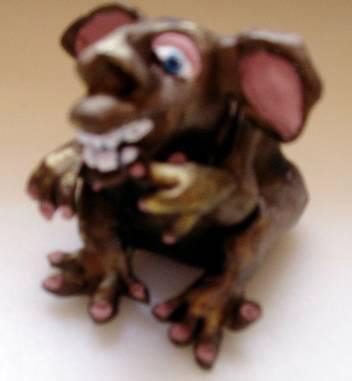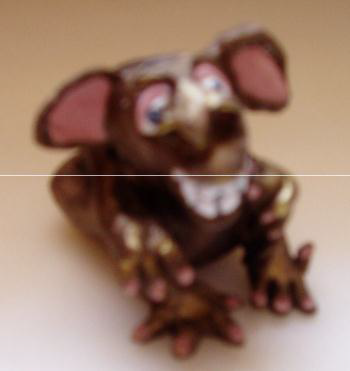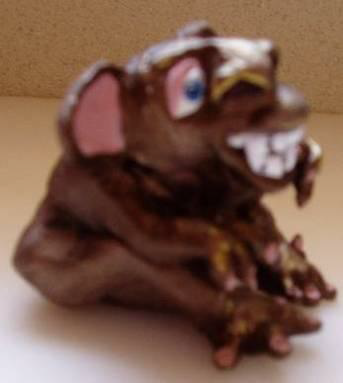Goal (Terminal Objective):
Students will learn concepts of 3dimensional design, sculpture, and creative problem solving by creating an original lifelike gargoyle out of Sargent SculptIt! Medium.
Objective:
After viewing original gargoyles as a part of architectural design, students will develop a creative 3dimensional creature with lifelike personality.
National Standards:
Visual Arts Grades 9-12 Content Standard 1: Understanding and applying media, techniques, and processes
Visual Arts Grades 9-12 Content Standard 2: Using knowledge of structures and functions
Visual Arts Grades 9-12 Content Standard 4: Understanding the visual arts in relation to history
and cultures
Visual Arts Grades 9-12 Content Standard 6: Making connections between visual arts and other disciplines
Purpose:
Students will use aesthetic scanning to view and discuss the subject matter of gargoyles and their inclusion in architecture. Students will use 3dimensional design concepts in creating an original sculpture portraying life and personality. Students will understand the principle of “intheround” when completing their sculpture.
New Vocabulary:
gargoyle, chimeras, architecture
Materials:
Toothpicks and other household modeling tools, Water, and the following Sargent Art supplies:
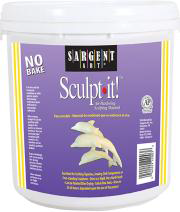
#22-2003 Sculpt-It! White Re-sealable Tub
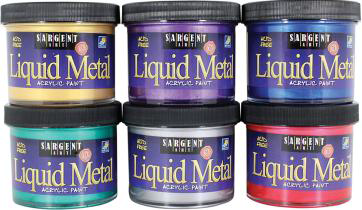
#22-1206 Metallic Acrylic Paint

#24-2499 16 oz. 12 pcs. Acrylic Paint

#23-9111 11 ct. Sculpting Tool Set

#56-3101 40 ct. Flat Jumbo Brush Best-Buy Set
Time:
approximately 46 class periods – drying time accounted for
Introduction and Motivation (Set):
Begin by showing images of gargoyles as part of architectural structures. Relay the function and stories of gargoyles and chimeras to the students. Ask if any of them have ever noticed gargoyles at the top of buildings before. There are contemporary examples as well as classical Gothic gargoyles. See “resources” section for website links.
Instruction:
- Using found images of gargoyles as reference material, students begin with a sketch ofwhat their finished creature might looklike.
- Using basic household tools or simple clay modeling tools, the students begin 3d construction of their gargoyle. Attention should be given to creating a unique, very lively personality through the detail in theconstruction.
- After letting the finished sculptures completely dry, students paint them with Sargent acrylic paints. By mixing Liquid Metals with the ordinary acrylic colors, a subtle and pleasing visual effect is achieved.
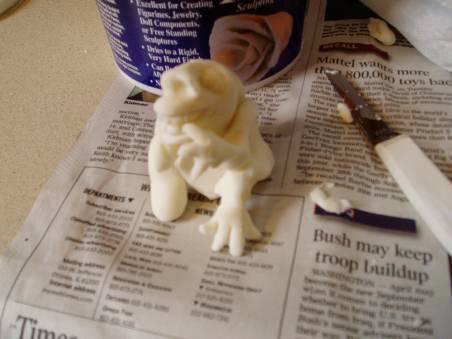
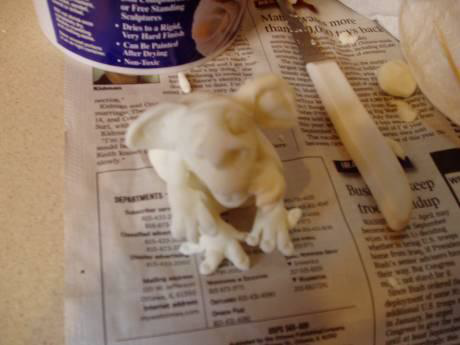
By working in parts, the student can gradually build up character expressed in their gargoyle.
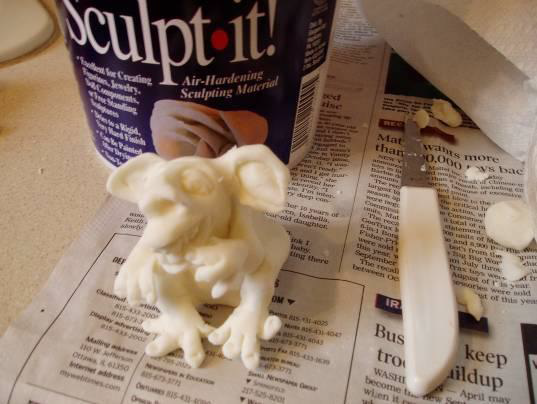
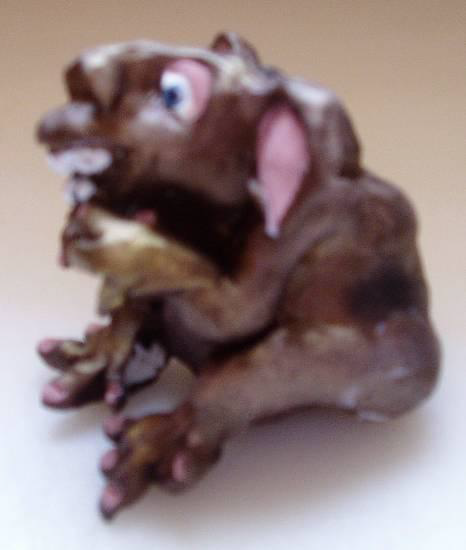
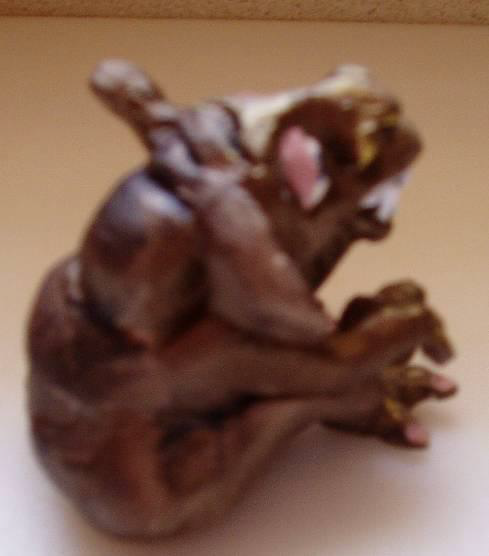
Activities:
(1) Guided Practice:
a. Students aesthetically scan and choose images of gargoyles to use asreference material in creating their own originalcreature.
b. Students create thumbnail sketches and work out 3dimensional design challenges prior toconstruction.
c. Students sculpt gargoyle using SargentSculptIt!
d. Students paint dried sculpture using SargentAcrylics.
e. Student clean tools and work area with soapysponge.
(2) Independent Practice and Check for Understanding:
a. Teacher circulates and asks students about their constructionprocess.
b. Teacher offers individual help and reinforcement while studentswork.
(3) Closure:
a. Students present their finished sculpture to the class and talk about the construction process they followed to completeit.
b. Students name their gargoyle and discuss the type of personality they were trying to reveal.
Evaluation:
If a display cabinet is available, students’ gargoyles should be arranged for viewing.
Level One — The finished gargoyle overwhelmingly conveys successful creative problem solving through the unique personality expressed throughout the sculpture. The student has shown strong technical skills of 3dimensional design when using the medium SculptIt. The student has shown a high level of ability in painting the 3dimensional object with aesthetically pleasing colors and excellent craftsmanship.
Level Two — The finished gargoyle conveys good creative problem solving through the unique personality expressed throughout the sculpture. The student has shown good technical skills of 3dimensional design when using the medium of SculptIt. The student has painted the sculpture well and has considered craftsmanship.
Level Three — The finished gargoyle attempts to express a unique and creative personality. The 3dimensional design process used by the student is fair, as well as the craftsmanship and use of SculptIt. The object is painted with limited success.
Level Four — Thereis no genuine attempt at solving this creative problem with artistic effort. The use of SculptItis unsuccessful and the use of paint is done poorly. Craftsmanship is poor.
Extension:
Students could be given a list of elements they must include in their creature, such as fingers, toes, wings, textural surface like fur, etc. This would give the teacher a good objective list of components to include in the evaluation.
Resources:
http://concise.britannica.com/ebc/art87559/GargoylessitontopofNotreDameCathedralin Paris
http://www.cathedral.org/cathedral/visit/self.shtml
http://www.gargoyles.org/history.asp
http://www.stonecarver.com/gargoyle.html
Art Consultant



